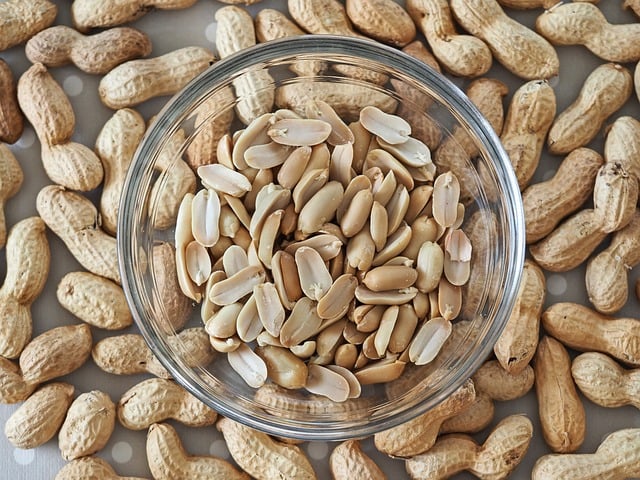Among the primary factors metal fabrication is so essential is its capability to change raw metal materials into customized parts and components customized to particular requirements. This flexibility allows manufacturers to create products of varying shapes, sizes, and intricacies, meeting the varied requirements of various industries and applications. Whether it’s producing large-scale structural beams for construction tasks or intricate sheet metal components for electronic gadgets, metal fabrication uses unequaled adaptability and versatility.
Another significant development in metal fabrication is the use of additive manufacturing, frequently known as 3D printing. This innovative technology allows manufacturers to create intricate metal parts and models directly from digital designs, layer by layer. Additive manufacturing uses exceptional style flexibility and flexibility, enabling the production of complex geometries and customized components with minimal material waste. While standard subtractive manufacturing techniques include removing material from a solid block to create a part, additive manufacturing constructs parts layer by layer, resulting in less material waste and much shorter lead times.
Metal fabrication encompasses a wide range of techniques, each matched to various types of metal and applications. Cutting is frequently the primary step in the fabrication process, where metal sheets or bars are sliced into the wanted shape and size using tools such as saws, lasers, or plasma cutters. Bending and forming follow, where metal pieces are shaped and molded into the wanted configuration using presses, rollers, or bending brakes. Welding is another critical element of metal fabrication, where metal parts are joined together using heat and pressure to create strong, resilient bonds.
The applications of metal fabrication are virtually endless, spanning across various industries and sectors. In the construction industry, metal fabrication is utilized to create structural components such as beams, columns, and trusses, in addition to architectural aspects like staircases, railings, and facades. In the automotive industry, metal fabrication is essential for manufacturing automobile frames, chassis, body panels, and exhaust systems. In the aerospace sector, precision metal fabrication is critical for producing aircraft components such as wings, fuselages, and engine parts.
The advancements in metal fabrication technology have revolutionized the manufacturing industry, allowing faster production times, higher precision, and greater efficiency. Computer-aided design (CAD) and computer-aided manufacturing (CAMERA) software application have structured the fabrication process, permitting engineers and designers to create complex 3D designs and replicate fabrication processes before actual production starts. CNC (computer system numerical control) machining has automated numerous fabrication procedures, resulting in higher accuracy and repeatability.
Metal fabrication likewise plays a vital role in the manufacturing of machinery and equipment for various industries. From industrial machinery and agricultural equipment to medical devices and consumer electronics, metal fabrication is utilized to produce a wide range of components and parts that form the foundation of modern technology and facilities. Additionally, metal fabrication is important to the production of family products, furnishings, signs, and decorative objects, where aesthetics and performance are equally important.
In conclusion, metal fabrication is a vital process that underpins modern manufacturing across various industries. From construction and automotive to aerospace and electronic devices, metal fabrication plays a crucial role in creating a wide range of products and components essential for daily life. With its versatility, flexibility, and advancements in technology, metal fabrication continues to drive development and push the limits of what’s possible in manufacturing. As industries develop and require for customized, premium products grows, metal fabrication will remain at the forefront of forming the future of manufacturing.
Metal fabrication is a vital process in various industries, varying from construction and automotive to aerospace and manufacturing. Plastic molding includes forming raw metal materials into ended up products through cutting, bending, welding, and assembling. This versatile process plays a crucial role in creating whatever from structural components and machinery parts to intricate decorative pieces and architectural elements. In this post, we will explore the importance of metal fabrication, its various techniques, applications, and the role it plays in modern manufacturing.
Auto Draft
4 Mins Read
Keep Reading
Subscribe to Updates
Get the freshest updates and insights from Community64, your go-to source for the latest trends and happenings in the creative world. Don't miss out—stay informed and inspired!
© 2025 Community64.net Ragnar.
